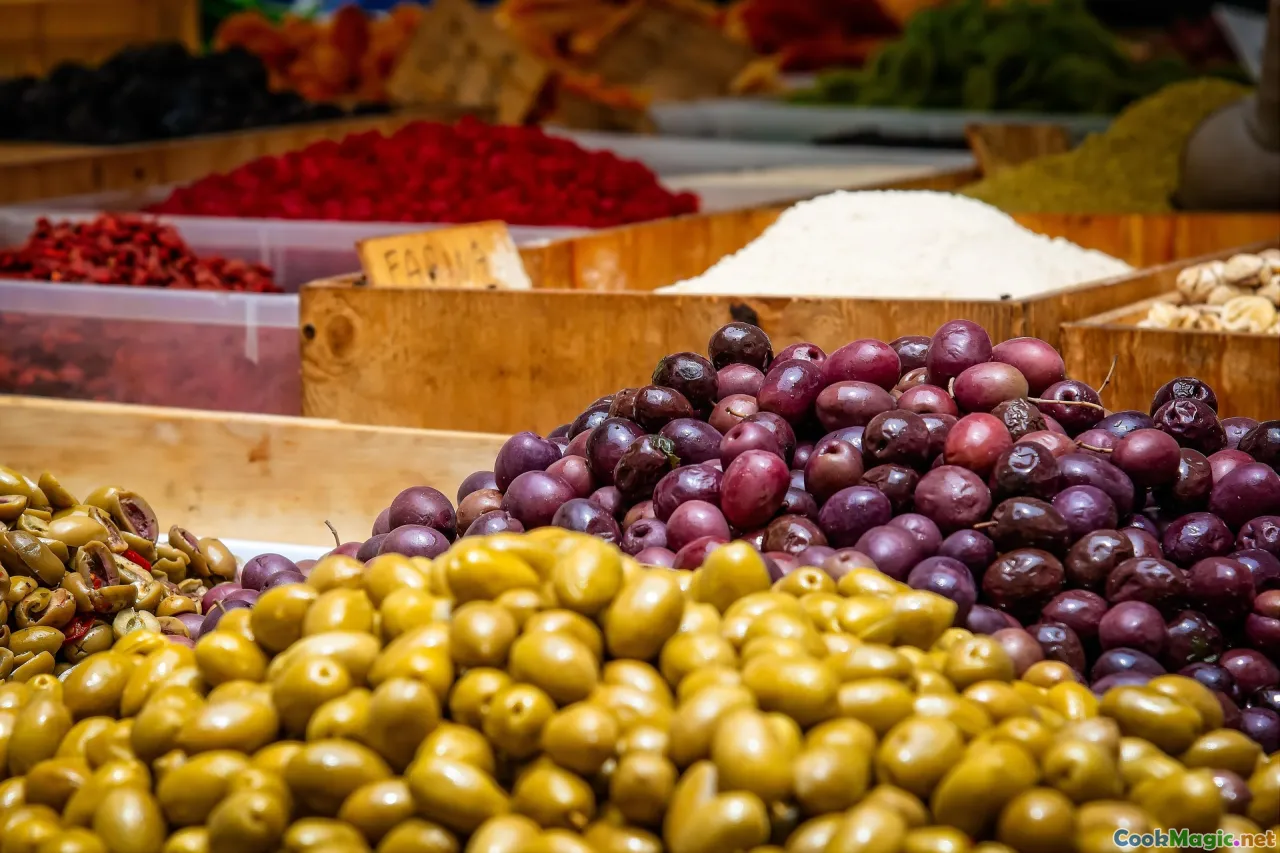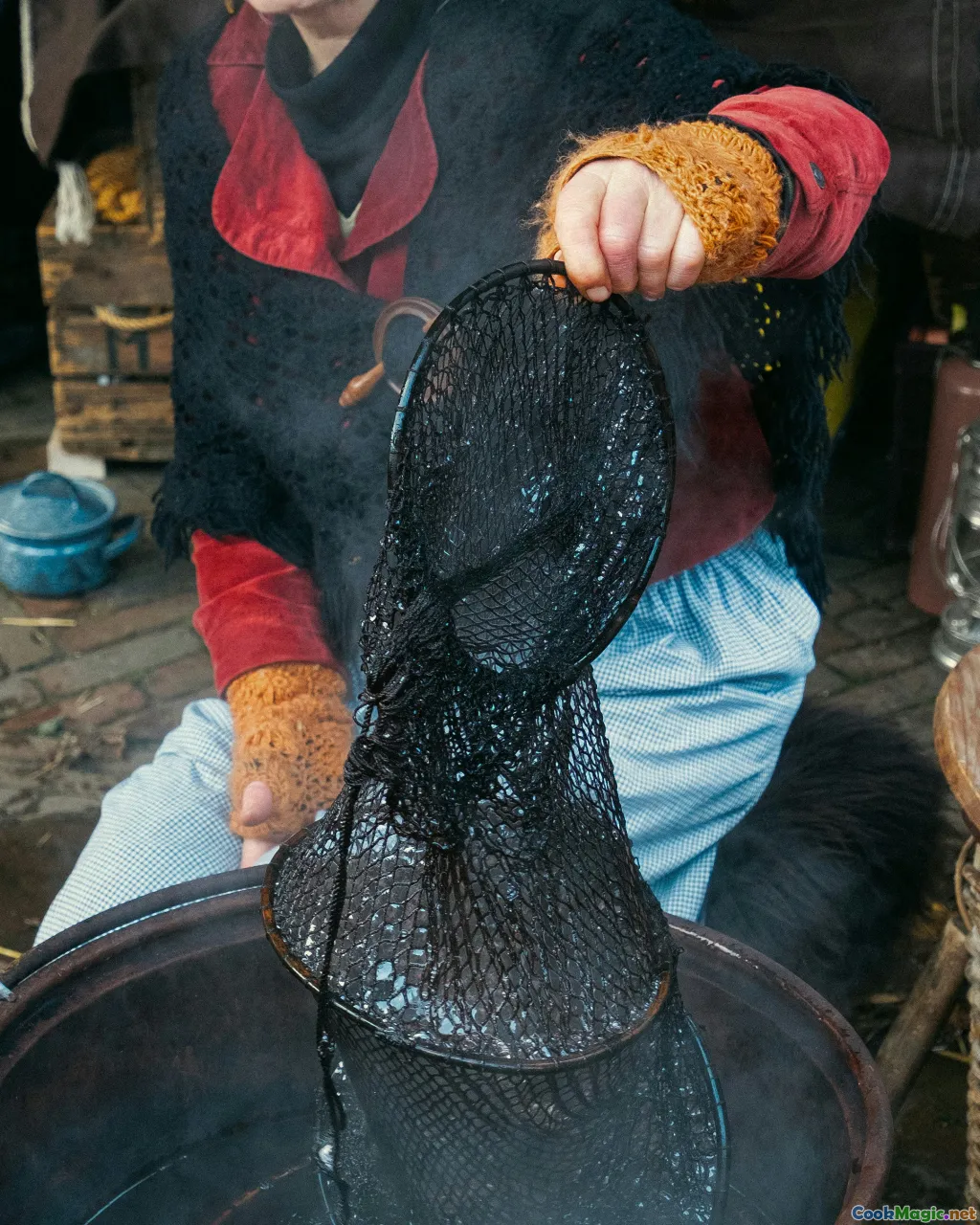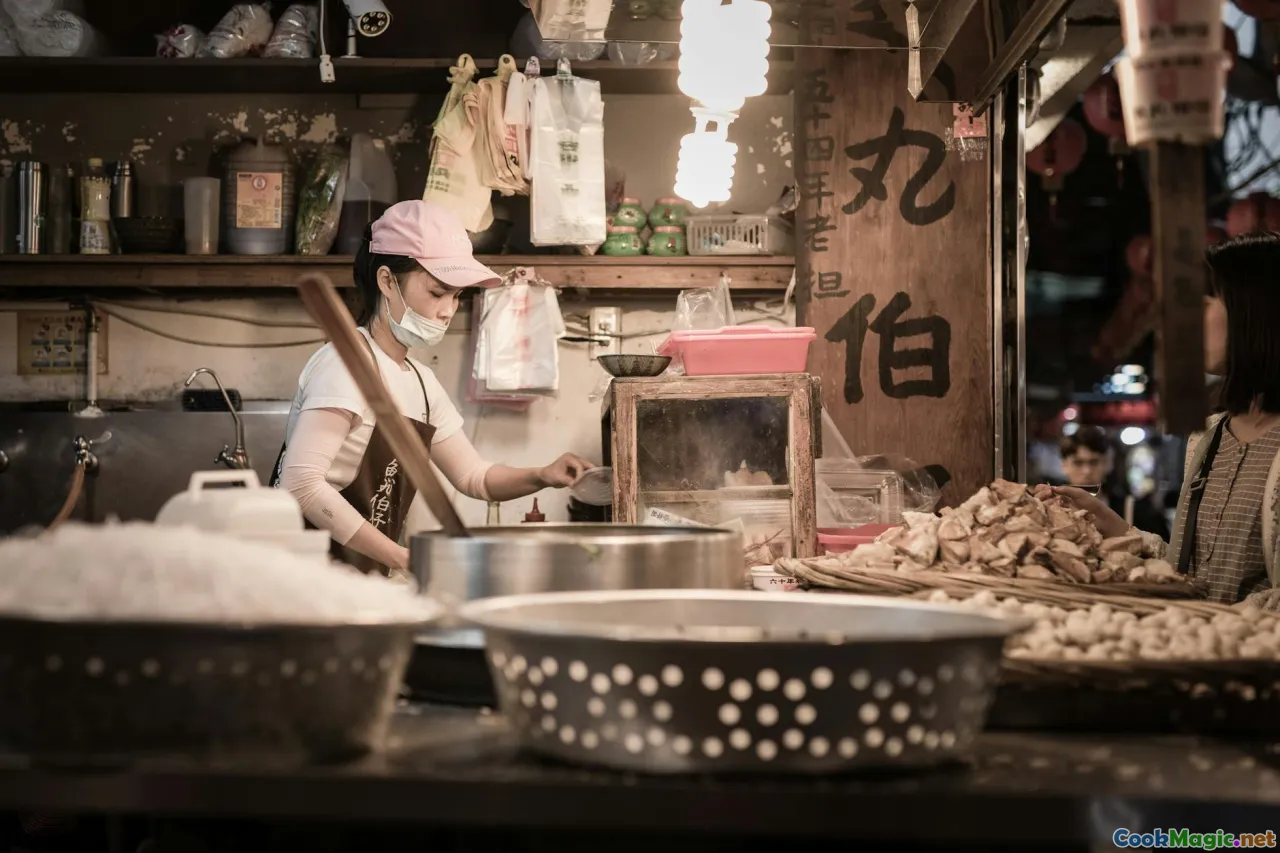Smoky Fish Cooking Mackerel in Cameroonian Style
10 min read Discover the rich flavors and traditional techniques behind preparing smoky mackerel in Cameroonian style, showcasing authentic culinary heritage. July 12, 2025 09:05
Smoky Fish Cooking Mackerel in Cameroonian Style
For those who have ever stepped into a bustling market somewhere in Cameroon, the aroma of grilled fish cooking over smoky charcoal seamlessly transports you to a place where tradition and flavor collide in the most exhilarating way. Cameroon’s culinary tapestry is rich with the vibrant flavors of fish, spiced with local herbs, and enveloped in an unmistakable smoky aroma that tells stories of generations. Among the many fish species cherished in the country, mackerel holds a special place—its bold flavor, oily texture, and firm flesh make it ideal for traditional smoky preparation.
Imagine the sizzling sound as fresh mackerel hits the hot coals, the fragrant aroma swirling into the air, enticing passersby and local chefs alike. This article explores the cherished method of preparing Cameroonian-style smoked mackerel, delving into its cultural roots, detailed techniques, flavor profiles, and personal insights that give this dish its legendary status.
The Cultural Significance of Mackerel in Cameroon

Cameroonian cuisine is deeply rooted in its geography and cultural diversity, with the Atlantic coast providing a bounty of fresh fish, especially mackerel, sardines, and tilapia. Mackerel, known locally as "Capitaine"or sometimes referred to as"Sardine", is revered for its versatile nature and nutritional richness. Historically, fish has been central to Cameroonian diets—integral not just to sustenance but also to communal dining and celebratory feasts.
In coastal villages, fish smoking is an age-old tradition, passed from generation to generation. It’s more than just preparation; it’s a ritual—an event that brings communities together. The process of smoking fish, especially mackerel, is often accompanied by storytelling, music, and shared laughter that strengthen social bonds.
The Historical Roots
The indigenous communities along the Atlantic littoral have perfected the art of smoking fish for centuries, partly as a preservation method before refrigeration was available. Over time, this method became a culinary art form—imbued with artistry, skill, and local flavors. The smoky mackerel thus embodies the spirit of Cameroonian hospitality and resilience.
The Art of Smoking Mackerel: Step-by-Step Guide

The process of smoking mackerel in Cameroon combines simple ingredients with highly refined techniques rooted in tradition. Let’s walk through the meticulous steps that transform fresh fish into aromatic smoky delicacies.
Selecting the Fish
Freshness is key. Look for mackerel with shiny, tight skin, clear eyes, and a mild oceanic scent. Opt for fish that are plump and firm—these qualities ensure juicy, flavorful smoked mackerel.
Preparing the Fish
Gently gut and clean the fish without damaging the flesh. Rinse thoroughly with salted water or a saline solution to remove any impurities. Some cooks prefer marinating the fish briefly with a mixture of salt, lemon juice, and local spices like Ebnu (a kind of pepper) before smoking.
Seasoning and Marination
Traditional seasoning in Cameroon often includes a blend of garlic, ginger, onions, local hot peppers, and sometimes herbs like Banguè(a fragrant herb) orNdòlè leaves. This marinade not only adds flavor but also helps to tenderize the fish.
The Smoking Technique
The heart of the method lies in the smoking process.
- Charcoal and Wood Selection:Use high-quality charcoal combined with wood from native trees likeEbonyorGuava for an intense smoky aroma.
- Preparing the Smoker: Build a simple charcoal bed with a grate placed above to keep the fish away from direct heat.
- Arrangement: Place the fish in a single layer, ensuring they are not overlapping. Cover with a lid or a woven mat to trap the smoke.
- Smoking Duration: Depending on the thickness, smoking can last from 30 minutes to an hour. Maintain a steady, moderate heat to allow even smoking. The fish should develop a deep amber color with a crispy skin.
The Final Touch
Once smoked, the mackerel is often cooled slightly before serving. For preservation months later, it can be dried further or stored in oil or salt. The delicious, smoky aroma becomes even more pronounced with time—imperative for traditional festivities and everyday meals alike.
Flavor Profile and Serving Suggestions

Cameroonian smoked mackerel boasts a complex flavor profile—a perfect balance between richness and smokiness. The oily flesh imparts a luscious mouthfeel, enhanced by the aromatic, charred notes from the wood and spices.
When served, the smoked mackerel can shine as part of a larger meal:
- In classic "Nkui" (a traditional vegetable and plantain stew): The smoky fish adds depth, contrasting beautifully with the light, peppery stew.
- With fermented maize or corn porridge ("Akamu"): Offering a hearty, satisfying combination.
- As a tapa or appetizer: Flaked over fresh baguette slices with a squeeze of lime, chopped onions, and fresh herbs.
- In salads: Diced into a peppery vegetable salad for a smoky kick.
Pairing Tips
To complement the smoky intensity, serve with local drinks like Palm wineor chilledginger juice. The freshness balances the richness on the palate.
Personal Insights and Variations

Having spent time in the coastal regions of Cameroon, I’ve observed that each village has its unique spin on smoked mackerel. Some add a touch of pepper sauce(homemade hot sauce with hot peppers, garlic, and oil), whereas others might incorporate a hint ofkola nut for earthy overtones.
A fascinating variation involves wrapping the fish in banana leaves or pit-smoking for a more intense aroma, often used for special festivals such as NgangorNgondo celebrations.
Experience has taught me that the mastery isn’t just in smoking but in timing—knowing when the fish has absorbed enough smoke but retains its moisture, a skill perfected over generations.
Tips for Ideal Cameroonian-Style Smoky Mackerel
- Use fresh, high-quality fish for optimal flavor.
- Build a steady, manageable heat source—avoid direct flames that can char the fish excessively.
- Incorporate native woods for authentic smoky notes.
- Marinade variety is key—experiment with local herbs and spices for personal twists.
- Patience is crucial; don’t rush the smoking process.
- Let the smoked fish rest for a few minutes; this enhances the flavor and texture.
The Heartbeat of Cameroonian Food Culture
In essence, smoky mackerel in Cameroonian style isn’t just a method of cooking; it’s a cultural expression—a testament to resilience, community, and the rich biodiversity of the country’s coastal regions. Each bite tells a story of tradition, of heritage passed through smoky aroma-laced generations.
Whether enjoyed in a bustling Douala market, a quiet coastal village, or at a family gathering in Yaoundé, this dish embodies the lively, resilient spirit of Cameroon. The smoky aroma, the balance of spice and fish, and the communal vibe create an experience that lingers long after the meal.
Next time you crave a taste of authentic Cameroonian cuisine, try your hand at this smoky mackerel recipe—embrace the ritual, infuse it with your creativity, and savor the soulful flavors that have united communities for centuries.









